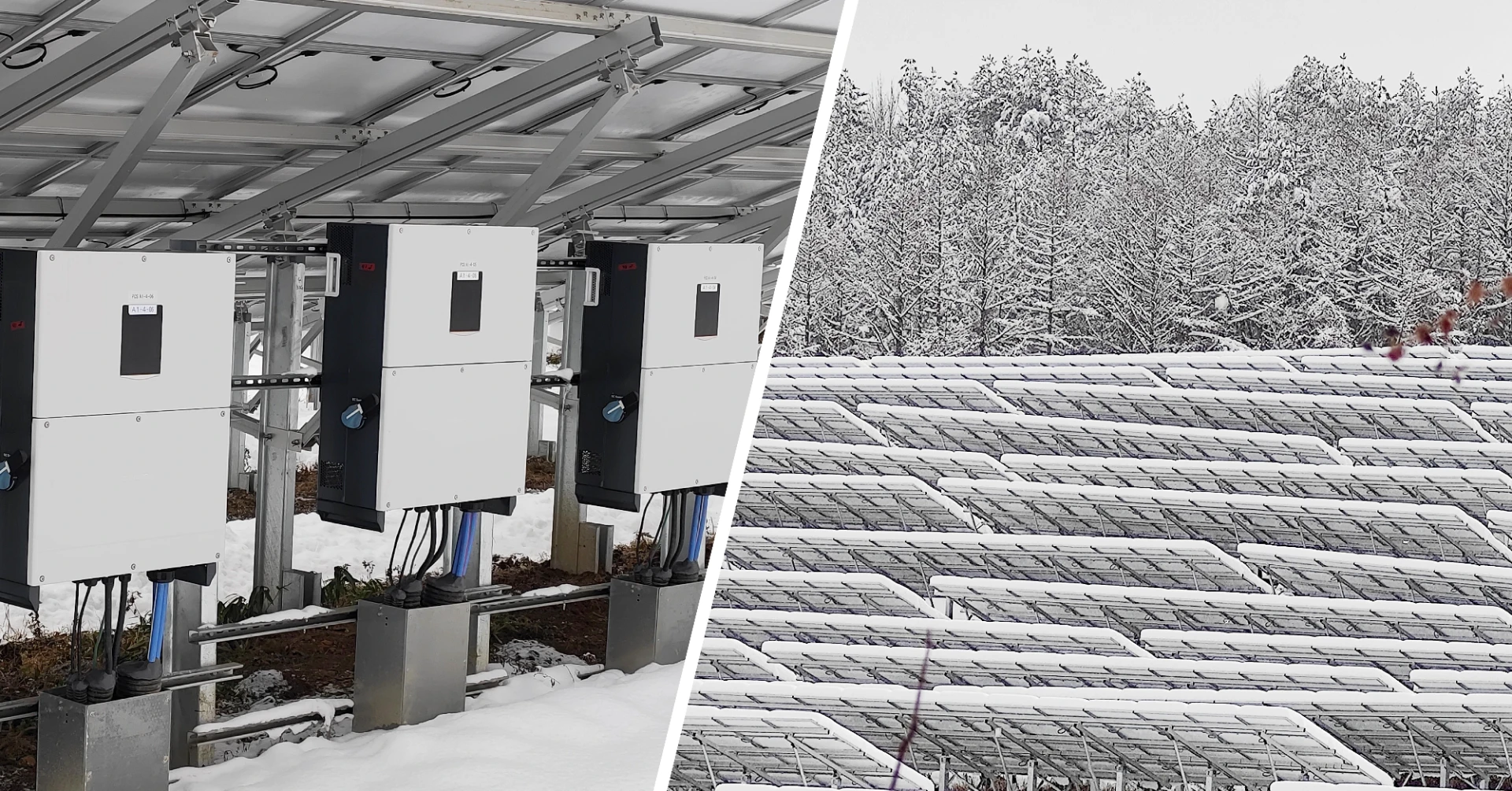monocrystalline solar panel price list
Understanding the Pricing of Monocrystalline Solar Panels
As renewable energy continues to gain traction globally, monocrystalline solar panels have become a popular choice for both residential and commercial applications. Known for their high efficiency and sleek aesthetic, these panels are often considered the gold standard in solar technology. However, understanding their pricing and the factors that influence costs is essential for any potential buyer.
What Are Monocrystalline Solar Panels?
Monocrystalline solar panels are made from a single continuous crystal structure, typically silicon. This manufacturing process results in a panel that is more efficient at converting sunlight into electricity, often achieving efficiency ratings of 20% or higher. Their compact design also means they take up less space, making them ideal for smaller rooftops or areas where land is at a premium.
Current Pricing Trends
As of late 2023, the price of monocrystalline solar panels varies significantly based on several factors, including manufacturer, efficiency rating, warranty, and local installation costs. On average, homeowners can expect to pay between $0.70 to $1.00 per watt for monocrystalline panels, with higher-end options reaching up to $1.50 per watt. Therefore, for a standard 5 kW solar system, the total cost could range from $3,500 to $7,500, excluding installation and additional equipment.
Factors Influencing Price
1. Efficiency Ratings Higher-efficiency panels typically command higher prices. For instance, panels rated at 22% efficiency may cost more than those rated at 18%. However, investing in a more efficient panel can lead to greater long-term savings on electricity bills.
monocrystalline solar panel price list

2. Brand Reputation Well-established companies may charge a premium for their products due to perceived reliability and performance. Brands like SunPower and LG, known for high-quality solar panels, tend to be on the higher end of the price spectrum.
3. Technology Advancements As technology improves, new panels with enhanced features may be introduced, affecting prices. Innovations like half-cell technology or bifacial panels can offer better performance but may come with higher upfront costs.
4. Local Market Conditions Pricing can vary significantly from one region to another based on local supply and demand dynamics, installation incentives, and state regulations regarding solar energy.
5. Installation Costs While the price of the panels themselves is a significant factor, installation costs can add substantially to the total project price. Labor costs may vary by region, and some companies may offer financing options or bundled pricing.
Long-Term Considerations
While the initial cost of monocrystalline solar panels can be higher than other options, their long-term benefits are compelling. With longer lifespans (often 25 years or more) and greater efficiency, these panels can pay for themselves over time through reduced energy bills. Additionally, many regions offer solar tax credits and rebates, which can further offset the initial investment.
Conclusion
Monocrystalline solar panels represent a significant investment in renewable energy, and understanding their pricing structure is crucial for potential buyers. By considering the factors that influence costs, such as efficiency, brand reputation, and installation expenses, consumers can make informed decisions that align with their energy needs and budget. As the solar market continues to evolve, keeping an eye on pricing trends will help homeowners maximize their investment in clean energy initiatives.
-
String Solar Inverter: The High-Efficiency Solution for Smart Solar EnergyNewsJul.14,2025
-
Revolutionizing Rooftop Energy with the Power of the Micro Solar InverterNewsJul.14,2025
-
Power Independence with Smart Off Grid Solar Inverter SolutionsNewsJul.14,2025
-
On Grid Solar Inverter: Powering the Future with Smart Grid IntegrationNewsJul.14,2025
-
Monocrystalline Solar Panels: High-Efficiency Power for the Future of Clean EnergyNewsJul.14,2025
-
Bifacial Solar Panel: A Smarter Investment for Next-Generation Energy SystemsNewsJul.14,2025







